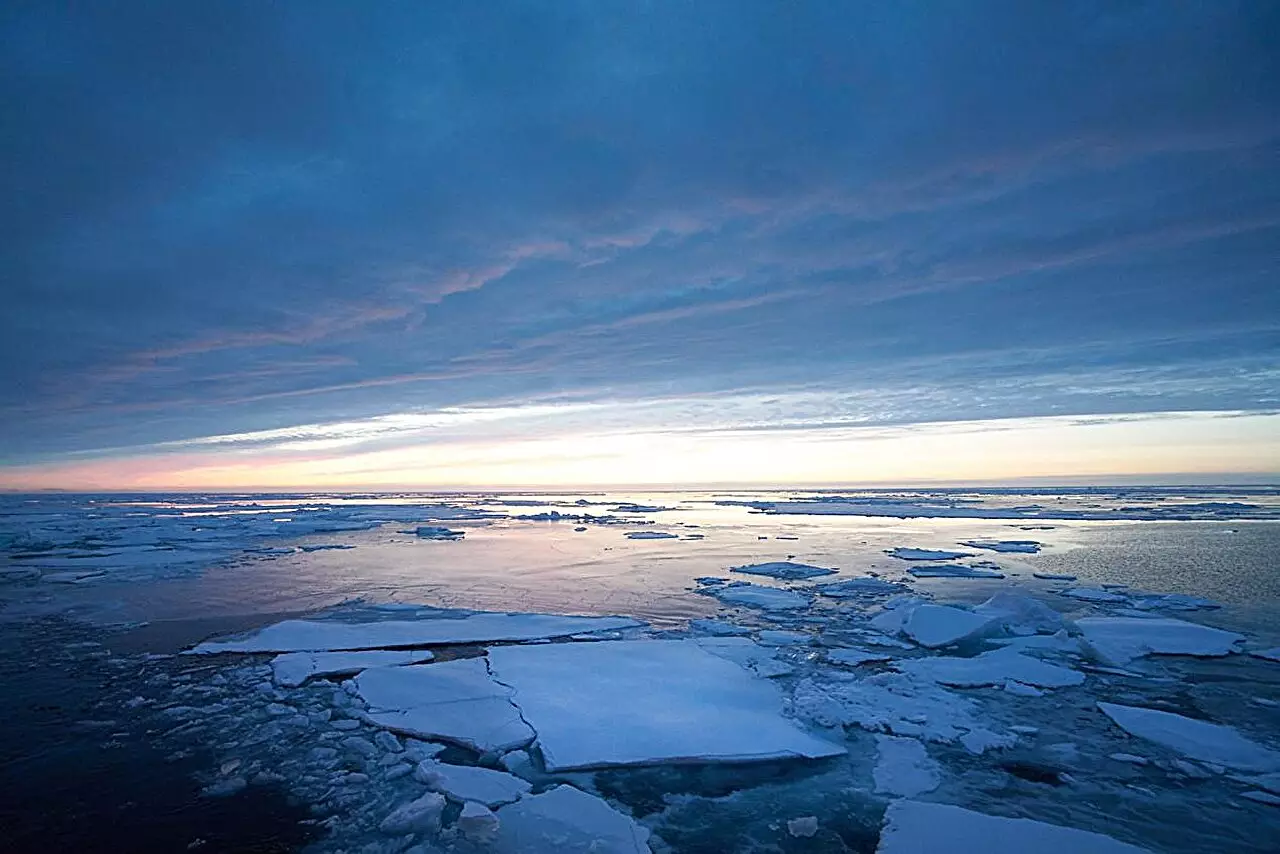In recent years, the Arctic region has emerged as a focal point for climate change discussions, primarily due to the phenomenon known as Arctic amplification. This term refers to the alarming rate at which the Arctic is warming compared to the rest of the planet. The noticeable impact this warming has on the cryosphere—a term encompassing ice sheets, sea ice, and glaciers—contributes to significant alterations in ecosystems and even global weather patterns. It’s essential to recognize that this local climate shift reverberates worldwide, resulting in disruptions of atmospheric circulation that influence everything from monsoons to hurricanes.
The Role of Water Vapor: A Double-Edged Sword
The increased temperatures in the Arctic do more than just elevate air temperatures; they also enhance the capacity of the atmosphere to hold water vapor. Based on the Clausius-Clapeyron relationship, one can understand how rising temperatures allow the atmosphere to retain more moisture, essentially setting the stage for intensified weather phenomena. While water vapor itself is a crucial greenhouse gas that exacerbates warming, it also introduces complex feedback mechanisms that accelerate the Arctic’s warming trajectory. This relationship weighs heavily on our understanding of long-term climate forecasts.
Understanding Atmospheric Rivers
Among various mechanisms impacting Arctic moisture, Atmospheric Rivers (ARs) are particularly noteworthy. These transient corridors characterized by substantial water vapor transport are quite extraordinary; they account for a staggering 90% of the moisture moving towards the poles despite constituting only 10% of atmospheric events. ARs predominantly form in mid-latitude regions, where they funnel warm, moist air upwards into the Arctic, especially during summer months. As scientists delve into the variables that govern these climatic phenomena, questions about their long-term influence become inevitable.
New Insights into AR Dynamics
A pivotal study published in “Nature Communications,” led by a diverse team of international researchers, has illuminated the connection between Atmospheric Rivers and various atmospheric variables such as circulation patterns, temperature, and specific humidity, unveiling regulating mechanisms at play over multiple time scales. Remarkably, the findings suggest that a significant portion of the increasing moisture in Arctic summers—over 36%—can be traced back to AR activity since 1979, especially in regions like western Greenland and eastern Siberia. This finding challenges the narrative that anthropogenic factors are solely responsible for these shifts, emphasizing the role of inherent atmospheric variability.
Implications for Climate Understanding
The revelation that internal variability largely dictates these changes raises critical questions regarding climate forecasts and the extent to which human activity can be blamed for transforming Arctic conditions. Prof. Qinghua Ding, an authority on the study, pointed out that while global warming has undoubtedly fueled some aspects of AR behavior, the internal dynamics of the atmosphere are equally important. This cornerstone understanding compels climatologists to rethink the simplistic narrative of human-driven climate change, affording recognition to the complexity of climate systems.
As we grapple with climate change’s realities, the pivotal role of Atmospheric Rivers in modulating Arctic moisture variability suggests that solutions may require innovative approaches, incorporating both natural and anthropogenic factors.

